Introduction
In an era flush with cutting-edge technologies—from AI algorithms to gene editing—the pace of scientific discovery might be expected to accelerate exponentially. Yet, paradoxically, many experts argue that the rate of fundamental breakthroughs is slowing down. We live in a world overflowing with data, computation power, and collaborative tools, but the leaps forward in science seem incrementally modest, often mired in complexity, bureaucracy, and practical limitations.
Why is this happening? What factors are quietly shackling the potential of 21st-century science? This article dives into the multifaceted bottlenecks and barriers slowing down scientific discovery, weaving in historical context, modern realities, and hopeful glimmers on the horizon.
1. The Low-Hanging Fruit Has Been Picked
The early centuries of science were marked by spectacular “aha!” moments: Newton’s laws, Darwin’s theory of evolution, Mendelian genetics, and quantum mechanics. These foundational discoveries shaped entire fields and opened new vistas.
Today, however, much of the easy-to-discover knowledge has been exhausted. The remaining mysteries—dark matter, consciousness, curing all cancers—are inherently more complex, subtle, and elusive. This phenomenon, often called the “low-hanging fruit problem,” means:
- Early discoveries came from more accessible, observable phenomena.
- Current research often involves intricate systems with multiple interacting variables.
- Experiments require increasingly sophisticated, expensive equipment.
Why it matters: Scientific progress now demands far more effort and resources to unlock smaller, incremental advances rather than revolutionary shifts. It’s like trying to map the deep ocean after charting the coastlines.
2. The Data Deluge and Information Overload
Modern science generates data at an unprecedented scale. Genomics projects churn out terabytes daily; telescopes survey millions of stars; particle colliders produce floods of event data. This “data deluge” is a double-edged sword:
- Pros: Rich datasets enable deeper insights, comprehensive modeling, and data-driven hypotheses.
- Cons: The sheer volume overwhelms scientists and infrastructure. Sorting signal from noise demands advanced analytics and new computational tools.
Information overload also complicates literature review and knowledge synthesis. Tens of thousands of papers are published monthly, creating a “publication tsunami.” Even experts struggle to stay current, leading to redundant studies or overlooked discoveries.
Efforts like AI-powered literature mining and open-access databases help, but the challenge remains daunting.

3. Hyper-Specialization and Fragmentation of Knowledge
As science advances, disciplines splinter into ever-smaller subfields. Specialists dive deep into narrow niches:
- Molecular biologists focusing on single protein functions.
- Astrophysicists studying peculiar star clusters.
- Neuroscientists mapping tiny brain circuits.
While specialization fosters technical expertise, it also breeds fragmentation:
- Researchers may lack awareness of relevant findings in adjacent fields.
- Cross-disciplinary collaboration becomes more difficult due to jargon and methodological gaps.
- Holistic understanding suffers, slowing the integration of insights into big-picture breakthroughs.
This intellectual silos phenomenon hinders innovation that thrives on cross-pollination of ideas.
4. Funding Structures and Incentive Systems
Scientific discovery depends on funding and incentives, but current models often misalign with breakthrough innovation:
- Grant competition prioritizes “safe” projects with predictable outcomes.
- Short-term funding cycles discourage high-risk, long-term research.
- The pressure to publish frequently (“publish or perish”) incentivizes quantity over quality.
- Industry-driven research focuses on profitable applications rather than fundamental science.
Consequently, many researchers spend significant time writing proposals or producing incremental publications rather than pursuing bold, transformative questions.
Some argue that rethinking funding—such as increased support for blue-sky research, longer project horizons, and novel incentive structures—could revitalize discovery.
5. Bureaucracy, Regulation, and Ethical Constraints
Scientific research is embedded within complex regulatory frameworks designed to ensure safety, ethics, and accountability. While necessary, these layers sometimes slow progress:
- Institutional Review Boards (IRBs) and ethics committees add lengthy approval processes.
- Data sharing restrictions and privacy laws complicate collaboration.
- Patent and intellectual property regimes can stifle open innovation.
For example, clinical trials can take years due to regulatory hurdles, delaying medical breakthroughs. Balancing ethical responsibility with scientific agility remains a critical challenge.
6. Technological and Methodological Limits
Despite impressive advances, technological limitations remain:
- Instruments have physical and sensitivity boundaries (e.g., telescope resolution, particle accelerator energy limits).
- Computational models struggle with chaotic or poorly understood systems.
- Experimental reproducibility issues erode confidence and waste resources.
Methodological challenges, such as bias in experimental design, statistical pitfalls, and failure to replicate results, further constrain discovery reliability.
7. Collaboration Challenges in a Globalized World
Science is more global and connected than ever, but collaboration still faces obstacles:

- Geopolitical tensions restrict data sharing and joint projects.
- Language and cultural barriers hinder communication.
- Unequal resource distribution means researchers in developing countries have limited access to cutting-edge tools.
Building truly inclusive, cooperative scientific communities requires overcoming these barriers.
8. Cognitive Biases and Human Factors
Scientists, despite training, are humans prone to cognitive biases:
- Confirmation bias leads to preferentially seeking data that supports existing theories.
- Groupthink can suppress dissenting ideas or novel hypotheses.
- Conservatism bias favors established paradigms over disruptive innovation.
These psychological factors influence research directions, peer review, and funding decisions, often slowing revolutionary discoveries.
9. The Paradox of Interdisciplinary Research
Interdisciplinary research holds promise for innovation but faces practical hurdles:
- Differences in methodologies, terminologies, and standards.
- Institutional and funding structures rarely reward interdisciplinary work.
- Difficulty in publishing interdisciplinary studies in traditional journals.
Despite efforts to promote cross-disciplinary science, integration remains challenging.
10. The Role of Artificial Intelligence: Promise and Pitfalls
AI and machine learning offer powerful tools to accelerate discovery:
- Automating data analysis and hypothesis generation.
- Predicting molecular properties or disease mechanisms.
- Enabling new forms of simulation and modeling.
However, AI tools can also introduce new complexities:
- Black-box algorithms reduce interpretability.
- Biases in training data propagate errors.
- Overreliance on AI risks sidelining human intuition.
Harnessing AI effectively requires careful integration with domain expertise.
Conclusion: Navigating the Roadblocks Ahead
The 21st century presents both unprecedented opportunities and complex challenges for scientific discovery. The slowing pace of breakthroughs is not due to lack of talent or technology but rather a constellation of factors—from low-hanging fruit depletion and data deluge to bureaucracy and cognitive biases.
Addressing these issues demands systemic changes:
- Embracing interdisciplinary collaboration.
- Reforming funding and incentive models.
- Investing in open data infrastructures.
- Cultivating diverse, inclusive research communities.
- Integrating AI thoughtfully and transparently.
Science has historically overcome formidable barriers through creativity and perseverance. With conscious effort and innovation in how we conduct science itself, the 21st century can yet produce transformative discoveries that shape our future.




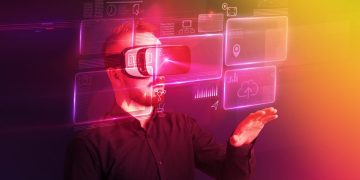









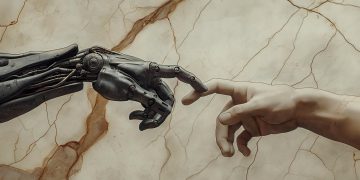




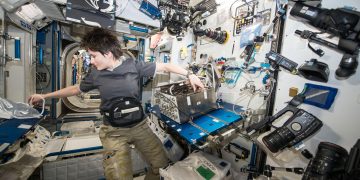
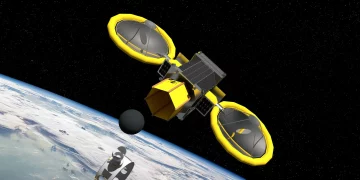




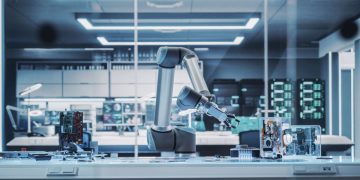

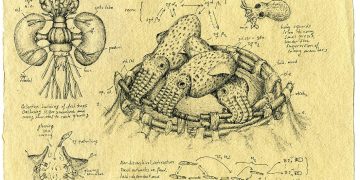






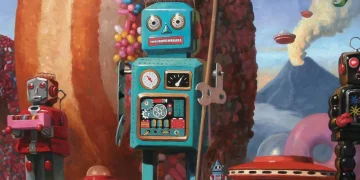
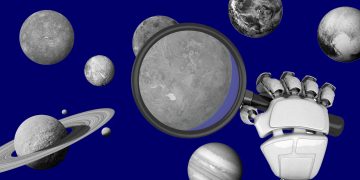














Discussion about this post